

Josh Nevett
3 Days Ago

News Editor
To many Australians, Cadillac conjures up images of enormous pastel-coloured coupes with soaring tail fins.
The brand has gone through many transformations since its glory days of the 1950s, and General Motors executives have openly admitted the luxury was recently in need of an overhaul.
“If you do the right thing, people tend to forget what you’ve done in the past,” GM design boss Michael Simcoe told Australian media.
“It’s not something that happens overnight.”
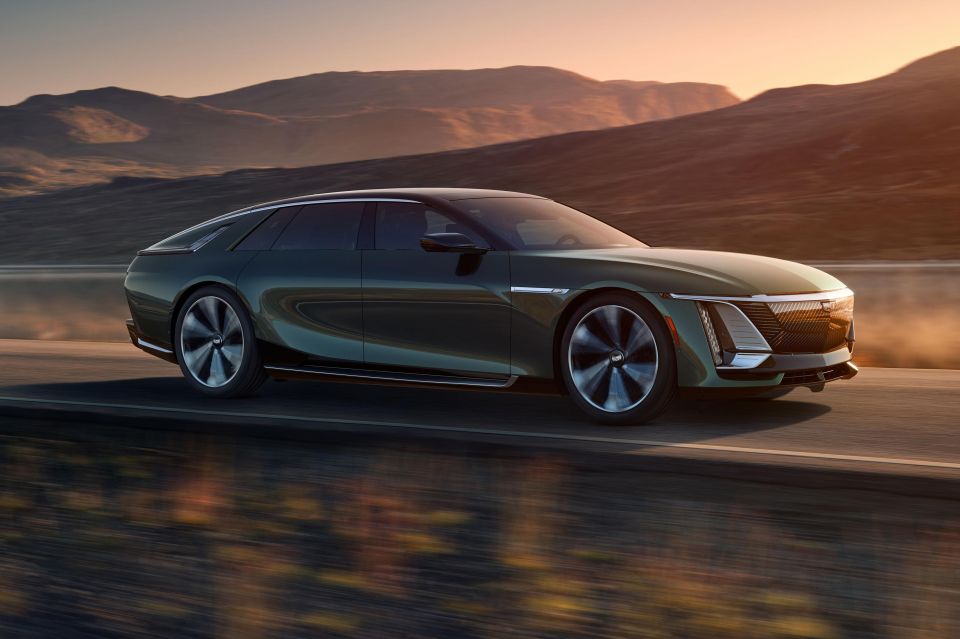
The brand’s pivot to electric vehicles (EVs) is its latest transformation. It has recently announced a goal to be EV-only by 2030, and debuted a range of new SUVs plus a hand-built flagship liftback, the Celestiq.
“Cadillac has been a bit of an effort, you’ll probably notice we tried to resurrect the brand probably three or four times in my recollection,” he said.
“The last time around, we created a flagship, showed that at Pebble, and that was just on the cusp of the world and Cadillac’s dedication to EV.
“That one didn’t get up, but using EV and Cadillac as the point of the spear, the theme created by Magalie Debellis for the Celestiq was put together.”

Mr Simcoe was referring to the Escala concept, revealed in 2016.
It used the Omega platform from the CT6 sedan, as well as a twin-turbocharged 4.2-litre petrol V8 engine.
The Escala was developed while former BMW and Audi executive Johan de Nysschen was the head of Cadillac, a tenure that saw him move Cadillac headquarters from Michigan to New York City in search of more autonomy and prestige.
But as with other striking concept flagship Cadillacs like the Elmiraj, Ciel, and Sixteen, the Escala never reached production, and the brand ended up moving back to Michigan after Mr de Nysschen’s 2018 ouster.

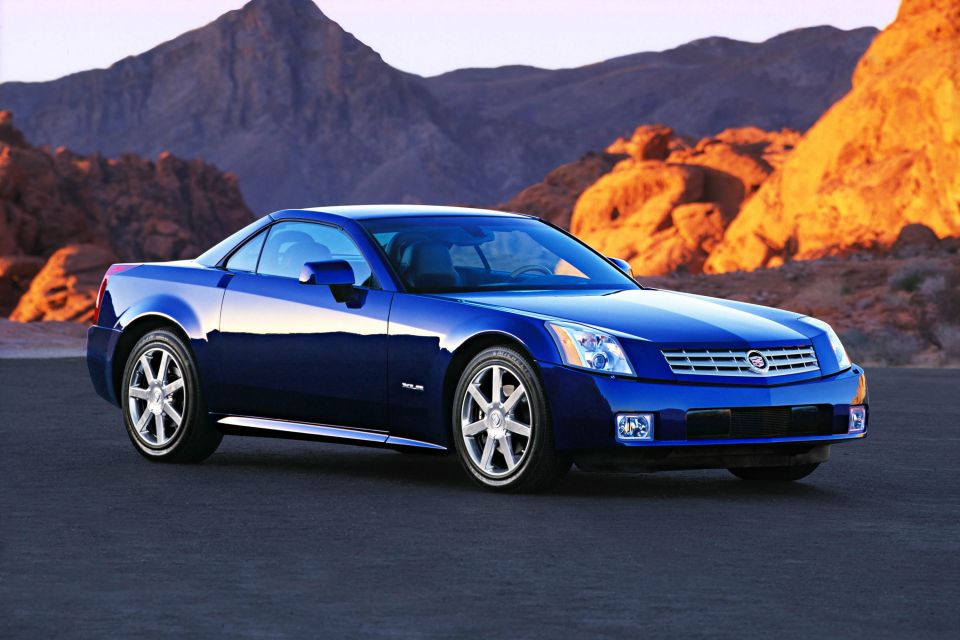
The concept’s twin-turbo V8 did enjoy a brief run in the CT6, but this model was axed in 2020 in North America as GM made room for EV production.
Before its latest, EV-focused makeover, Cadillac’s largest transformation took place in the early 2000s.
It had dabbled in sporty sedans since the 1980s, but vehicles like the Seville STS – while packing V8 power – were front-wheel drive.
The 1999 Evoq concept previewed a new design language called Art & Science, as well as a much stronger embrace of rear-wheel drive.
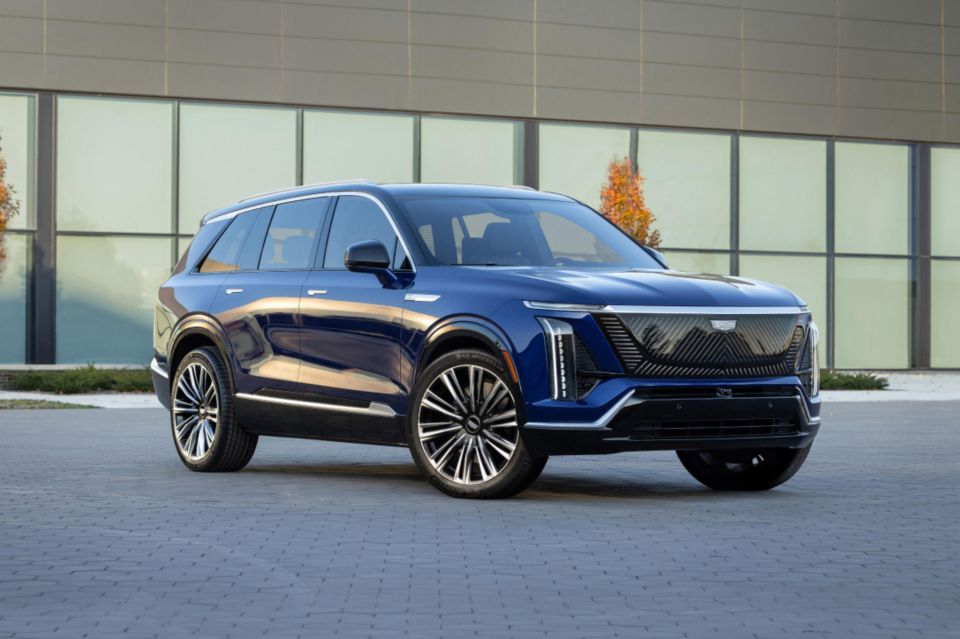
Elements of this razor-sharp design language can still be seen in today’s Cadillac lineup, while BMW-fighting rear-wheel drive sports sedans have been a mainstay ever since the first CTS debuted for 2002.
But while models like the new Lyriq make a statement with styling resembling the handbuilt, ultra-luxury Celestiq flagship, not every Cadillac is as dramatically styled.
The head of design for Cadillac has made it clear the brand’s models need to offer a compelling reason for buyers to choose them over products from other luxury brands.
“Especially at the top ends of the space, you really have to have a strong point of view, and something that people can respect in the execution,” said Bryan Nesbitt, executive director of global Cadillac design.
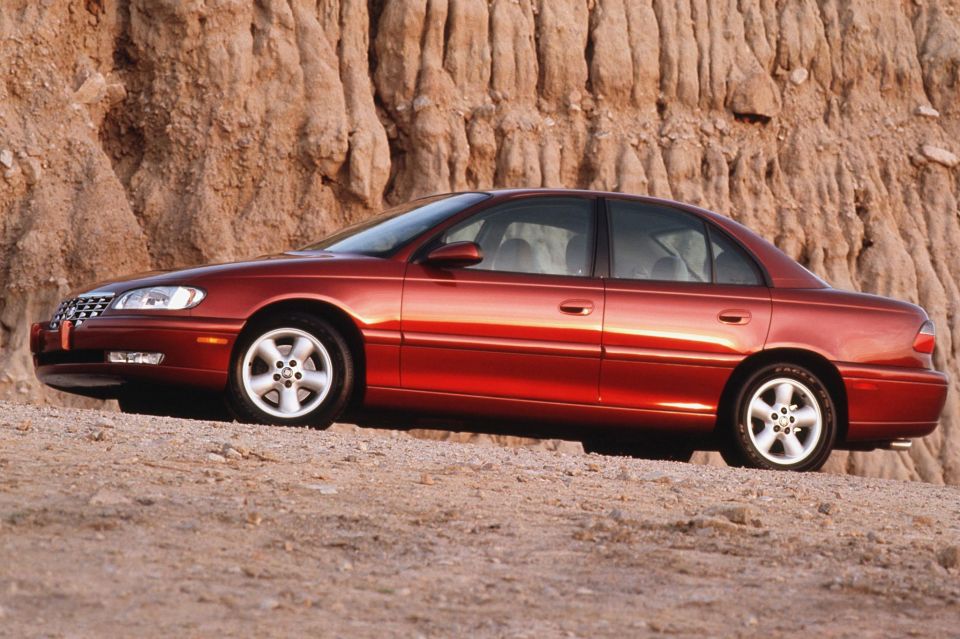
“If you try to be all things to all people, then you end up like maybe the old Catera or something.”
Mr Nesbitt was referring to Cadillac’s former entry-level luxury sedan, introduced in 1997. This was little more than a rebadged Opel Omega, and was eventually replaced by a much more distinctively Cadillac with the CTS.
While Cadillac has been selling vehicles in markets like China and the Middle East for many years now, it’s using its new EV lineup to drive a reboot in Europe, and enter new markets like Australia.
It’s leaving the other members of its model range behind in this new global push, though they continue to be offered in markets like the US and China.
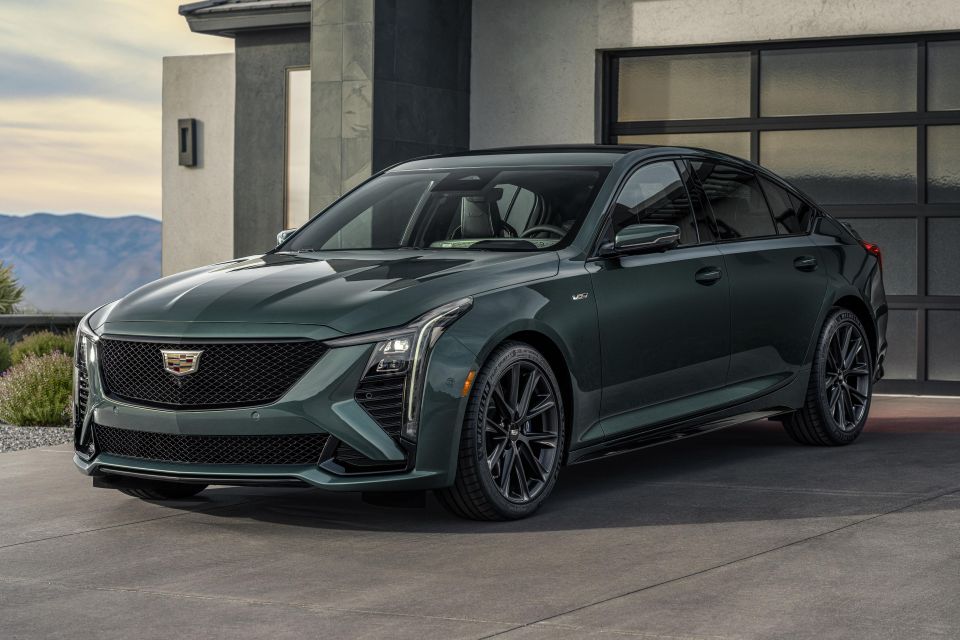
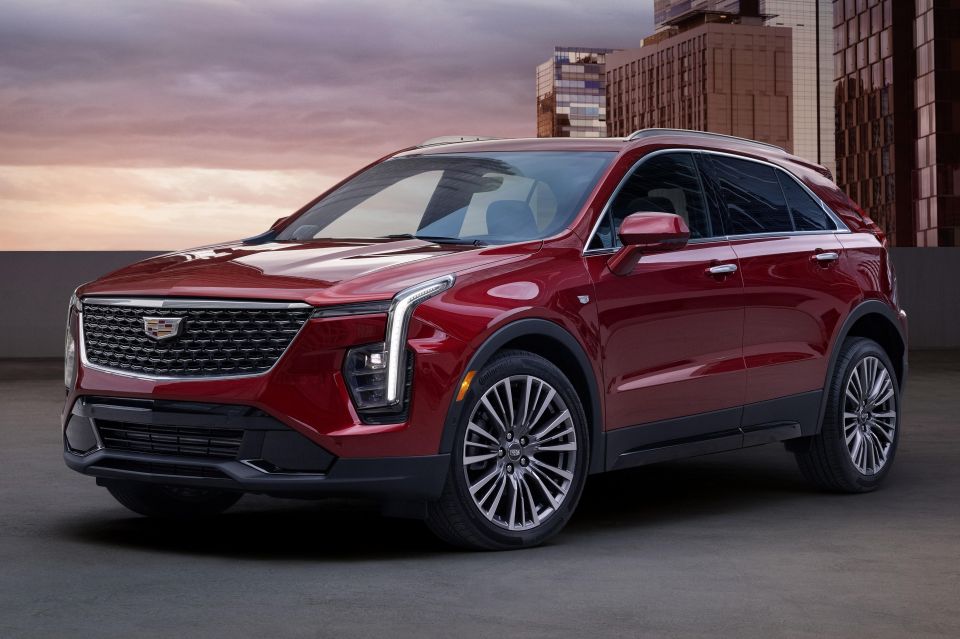
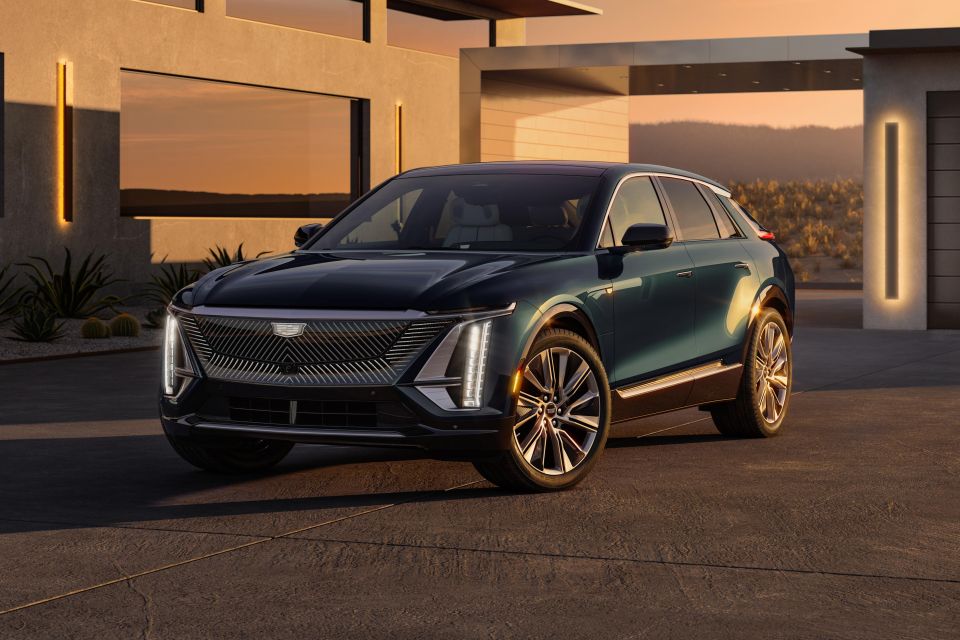
Cadillac has quite a disparate range of vehicles. It includes the rear/all-wheel drive CT4 and CT5 sport sedans and the China-only CT6 sedan; the front/all-wheel drive XT4, XT5 and XT6 crossovers; and the full-sized Escalade, related to GM’s pickup trucks.
Its new EV family, spearheaded by the new Lyriq which will be the brand’s first model here when it returns late in 2024, feature dedicated EV underpinnings and a fresh look inside and out.
That extends to elements like unique switchgear, aimed at giving the brand a more premium feel inside.
“Cadillac actually has its own set of componentry,” said Mr Simcoe.
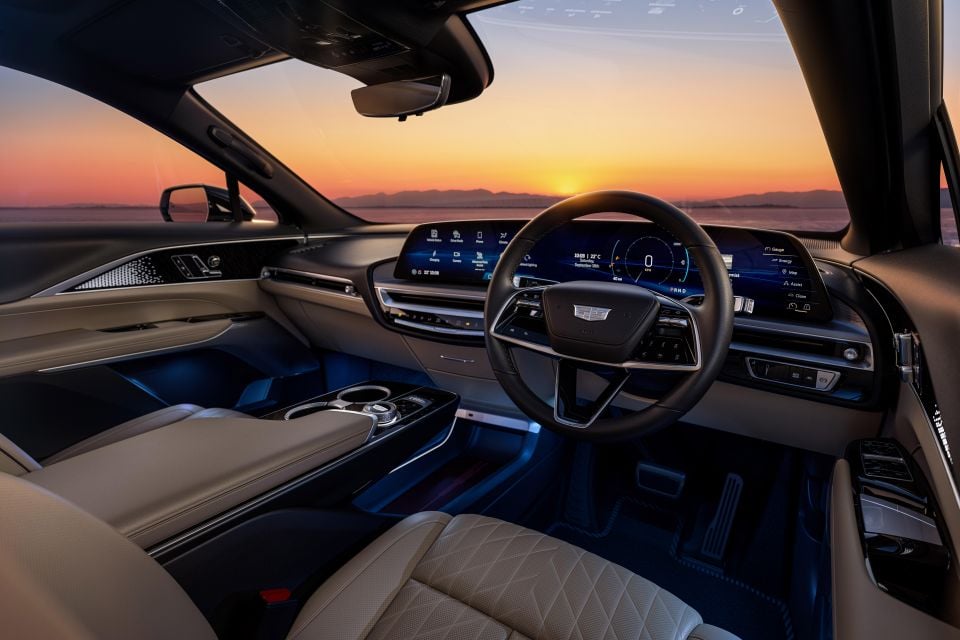
“In a traditional form through the brands you would share perhaps the background and the core architecture, the switches and the controllers, and then make them customer-facing in a branded way.
“Cadillac, from the customer-facing all the way through to the core architecture of the switches and the steering wheel and everything, every other component of the car is specific to Cadillac.
“It’s that sort of commitment that needed to happen.
“Once an organisation is committed at that level, I won’t say the rest comes easy, but you have a commitment to treat the brand as a very specific thing.”
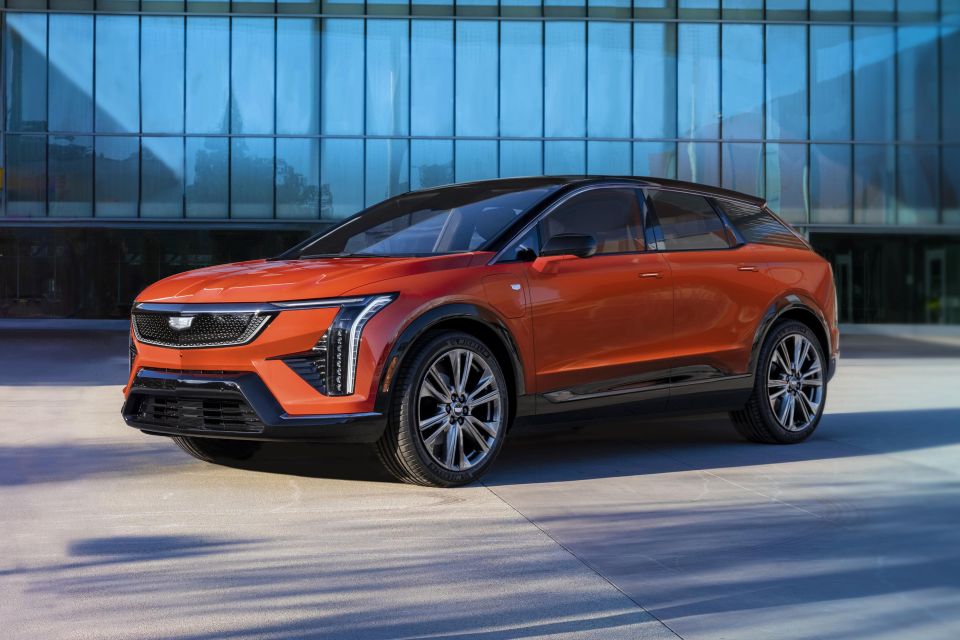
GM has also confirmed the Cadillac brand won’t go SUV-only, with a new sedan – almost certainly an EV – planned for the lineup.
After various leadership changes at Cadillac over the years and multiple aborted models and changes in strategy, the brand now appears to have the clearest focus it has had in a while.
But its EV push is occurring just as demand for these vehicles is cooling in markets like the US. GM recently lowered its EV production targets for 2024, while Cadillac executives have appeared to leave some wriggle room in their previously firm 2030 target for an EV-only lineup.
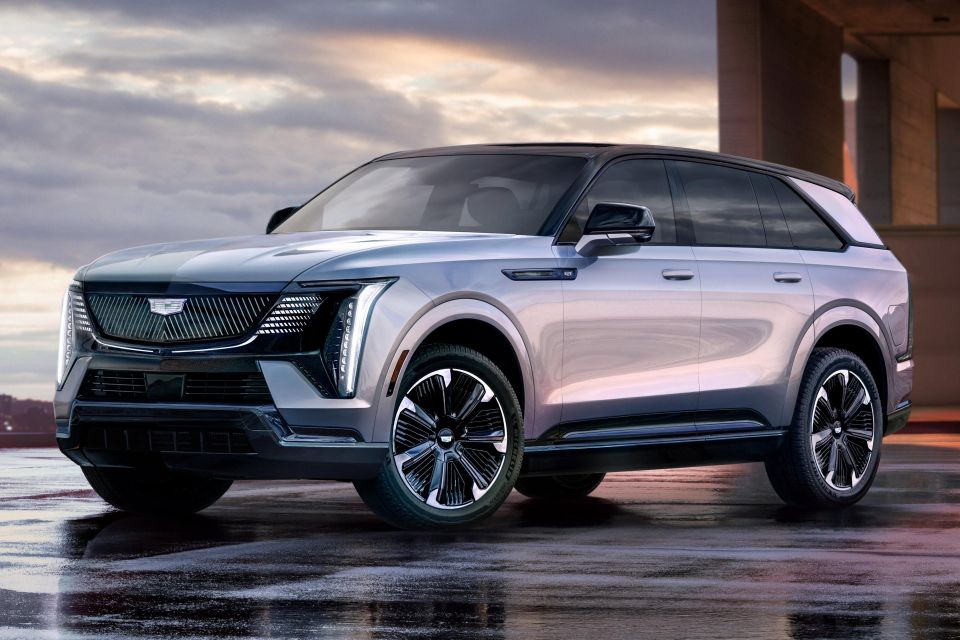
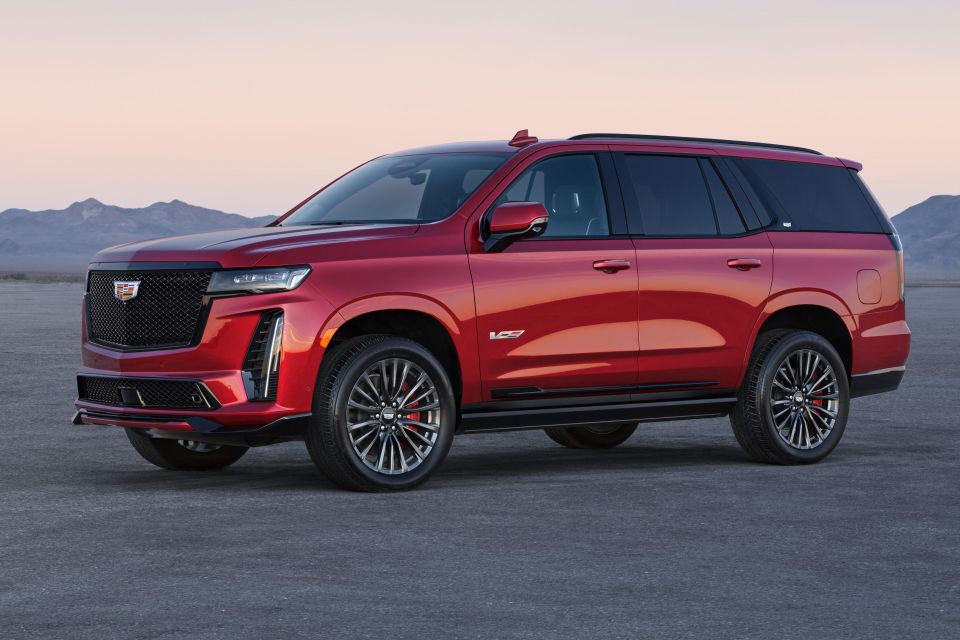
“EVs and ICE (internal combustion engine), we want to be clear, will coexist for a number of years,” global Cadillac vice president John Roth said in May in remarks reported by Detroit Free Press.
“We want to make sure that we have that luxury of choice in the marketplace and both will have an opportunity to meet the customer needs as we look forward.”
“We are always listening to the customer. We are still on strategy of offering an all-EV portfolio by the end of the decade and we’re going to listen to the customer and let them be our guide. That’s our answer.”

Cadillac director of communications Mike Albano further clarified the brand’s earlier commitments to an EV-only lineup from 2030 were “a mission statement, if you will”.
“The fact that we refreshed our ICE portfolio should tell you that we knew the transition is going to be slow, the transition will be led by the customer,” he said.
MORE: SUVs ‘a necessary evil’, but sedans not dead – GM design boss MORE: Will this electric SUV be Cadillac’s second model in Australia? MORE: Why GM is continuing post-Holden revival with Cadillac MORE: Cadillac locked in for Australia in 2024: Everything you need to know
CarExpert does the hard work to get you the best price. No negotiating, no hidden costs, just expert help and real savings on your next new car.
William Stopford is an automotive journalist based in Brisbane, Australia. William is a Business/Journalism graduate from the Queensland University of Technology who loves to travel, briefly lived in the US, and has a particular interest in the American car industry.


Josh Nevett
3 Days Ago


Max Davies
3 Days Ago
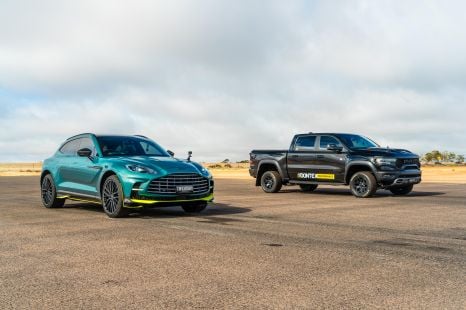

Paul Maric
3 Days Ago
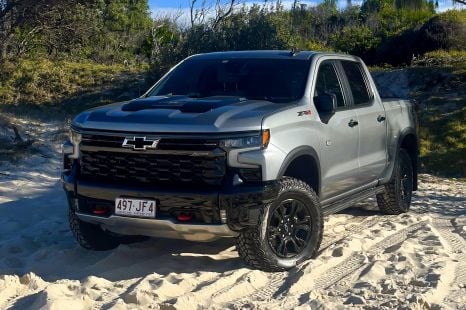

William Stopford
3 Days Ago
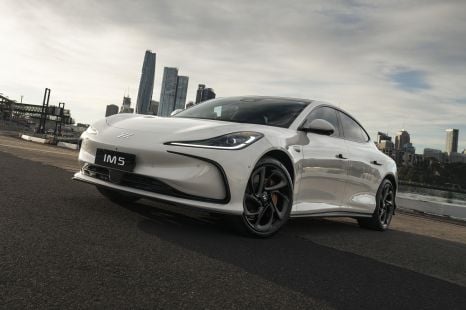

William Stopford
2 Days Ago


James Wong
19 Hours Ago